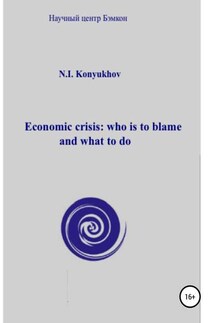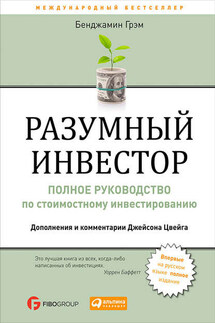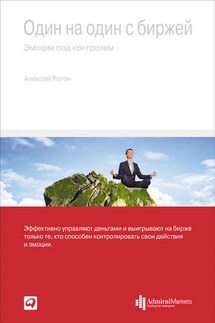Psychoeconomics: globalization, markets, crisis - страница 5
The relationship between “domain experts” and “social motivators”, their oscillating rotation, is likewise the basis of the rotation of the main centers of economic development. Thus, in the Middle Ages there was a competition for primacy in the system of economic relations between Genoa and Venice. Loss of the leadership positions by these city-states was frequently associated with one of the groups of “social motivators” coming into power. As a rule, social motivators come to power under the guise of democracy. This period of exceptional activity of the “social motivators” is a period of intensive development of democracy. But then the “social motivators” have to either lose power under the pressure of the masses, or cede it to the “domain experts”.
The first-generation elite is substantive, objective. The second generation of the elite is filled with social motivators. Without the difficulties that temper it, without the struggle for domination, without reinvention, the third-generation elite becomes emotionalized, hysteroid, and loses the ability to manage society effectively.
This logic of elite formation is valid when the development of society proceeds more or less without conflict. At the same time, internal and external conflicts and problems can introduce large nuances into this development, up to the point of creating the necessary conditions for rapid renovation of the elite, moving intelligent competent people into the elite to renew it, or rapid changes toward creating the necessary abilities in the existing elite.
The coupling of the type of elite and the type of economically active population in a country determines the basic socio-economic processes. Rates of economic development and the nature of relations between various social groups, political processes etc. depend on this. When the combination is detrimental, that is, when the third generation elite and the condition of the population when it mimics emotionalized, psychopathic people, a psychoeconomic crisis occurs.
History shows that this three-generational phenomenon has time limits. It may take up to a hundred years or more, and it may be shorter than 50 years. This does not depend just on the average lifespan (all else being equal, when lifespan increases, the time of three generations also increases on average). It also depends on social factors, on solar activity, on management decisions, on the personality shaping decisions on socioeconomic processes and on the decisions of the government and legislative agencies of the leading countries, and on a system of exogenous factors. The U.S. is a country where the degree of influence of external factors on development is much lower than in most other countries. And here this time interval is more indicative.
The strongest socioeconomic upheaval in the history of the U.S. (which coincided with a solar activity peak) was the Civil War of 1861-1865. The first-generation elite was formed as a result.
Prior to this, the first-generation elite was created during George Washington’s administration (1789-1797). From the beginning of George Washington’s presidency to the beginning of the US Civil War, 72 years passed.
The first-generation elite was formed anew as a result of the Civil War.
This elite grew out of the struggle, out of a violent civil war. At the top of the social hierarchy moved those who were more capable, but not more astute or successful in the system of interpersonal relationships. From the moment the U.S. Civil War began to the moment of the conclusion of the country’s second most powerful socioeconomic conflict (the Great Depression of 1929-1933), 72 years passed. If we add that time to the year of the end of the Civil War in the U.S., we get 1937. This was just as critical a year for the U.S in the opinion of modern economists. Now if we add 72 years to 1937, we get 2009. Although it is generally accepted that a world crisis began in 2008, nevertheless the coincidence of the numbers has a sacred character.









